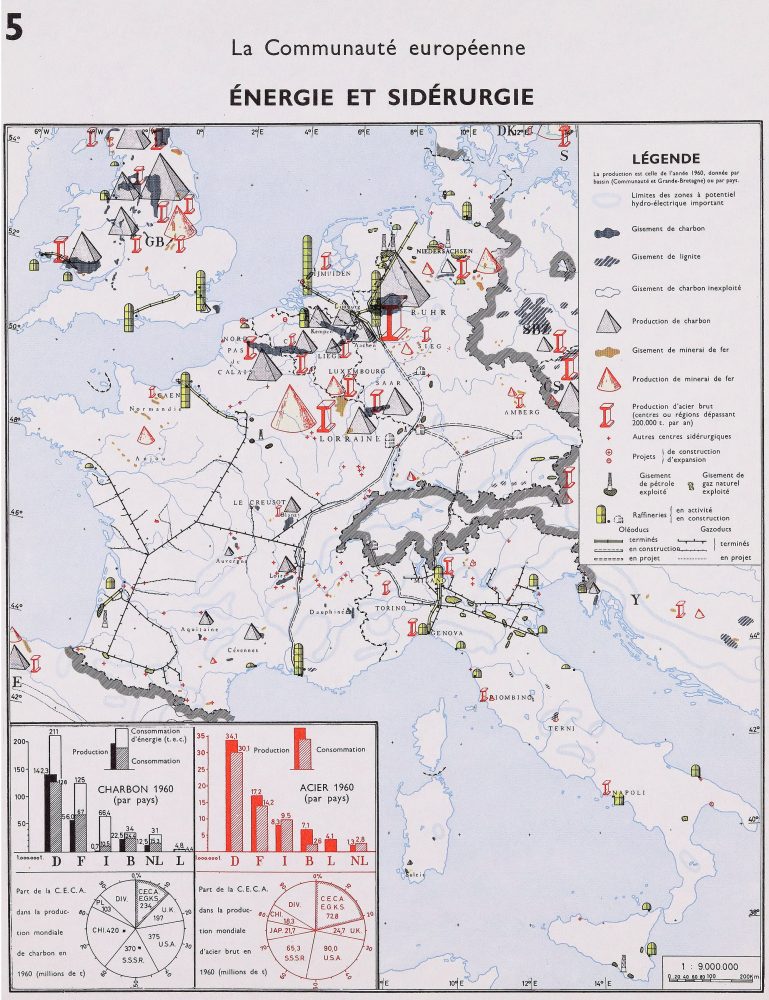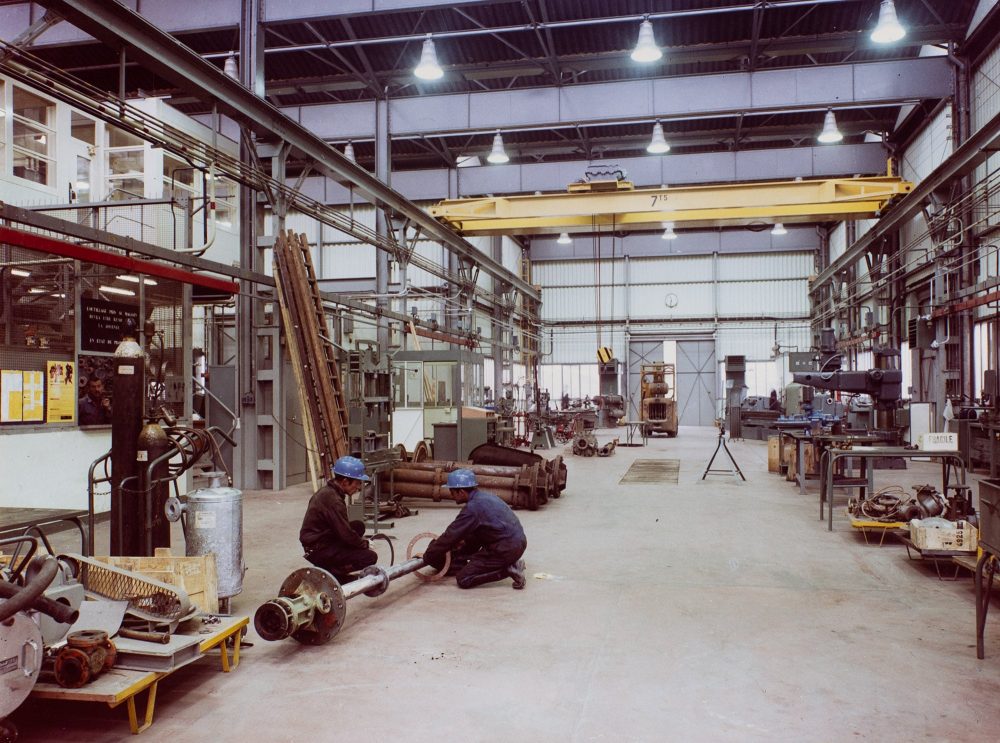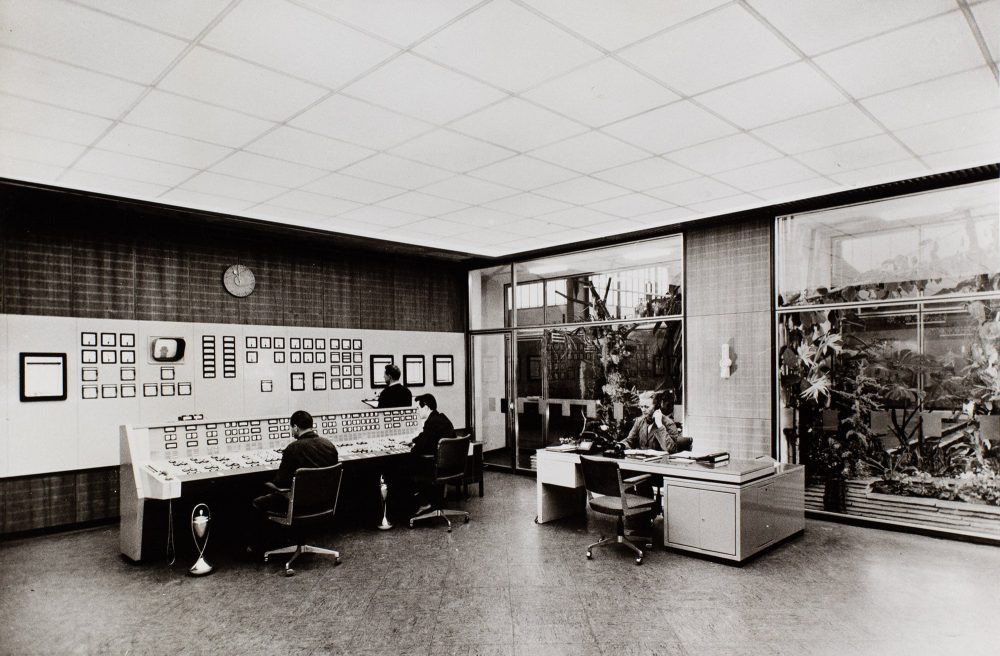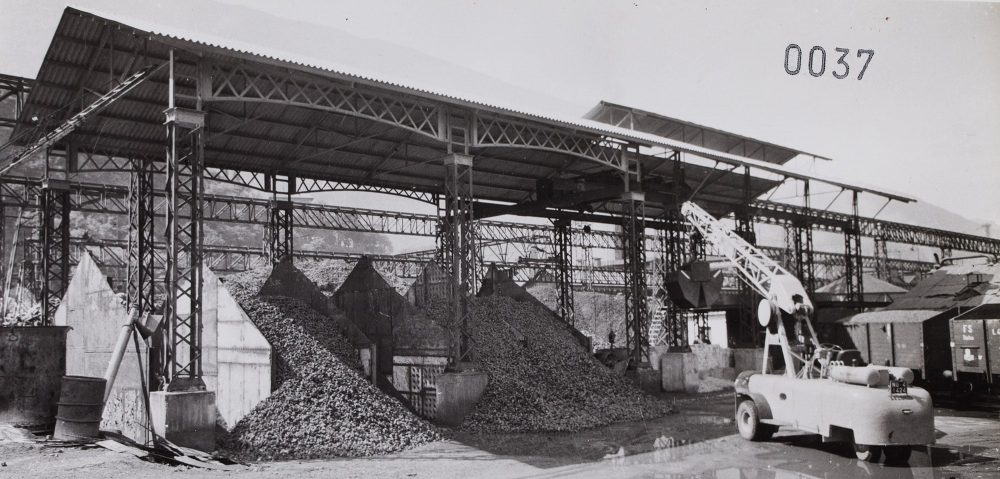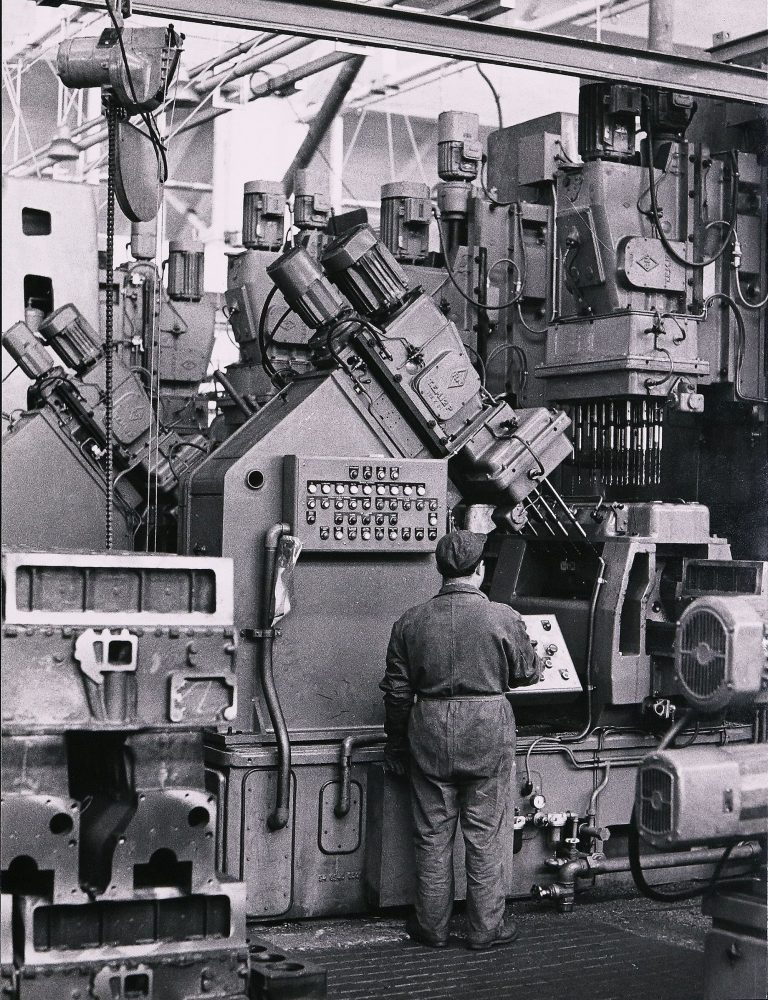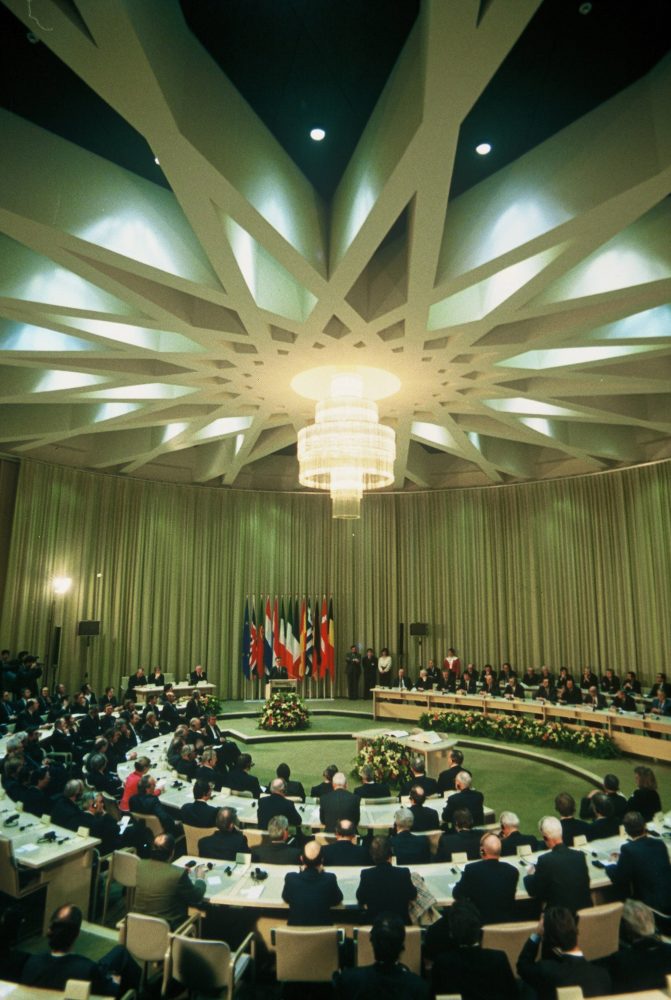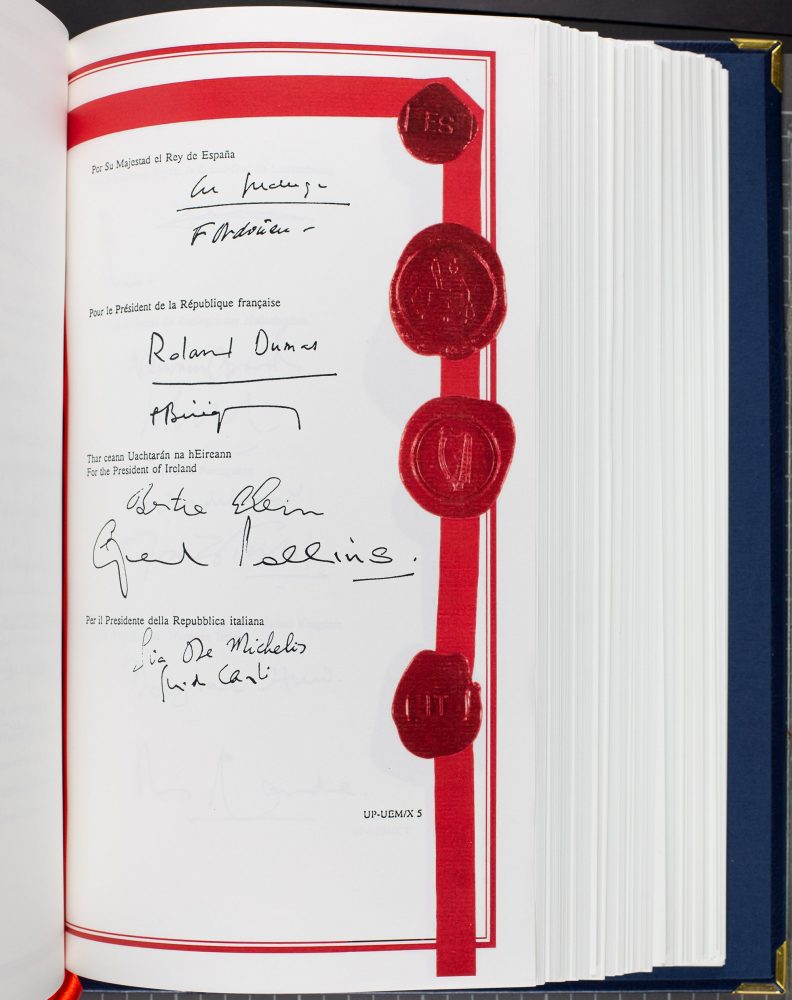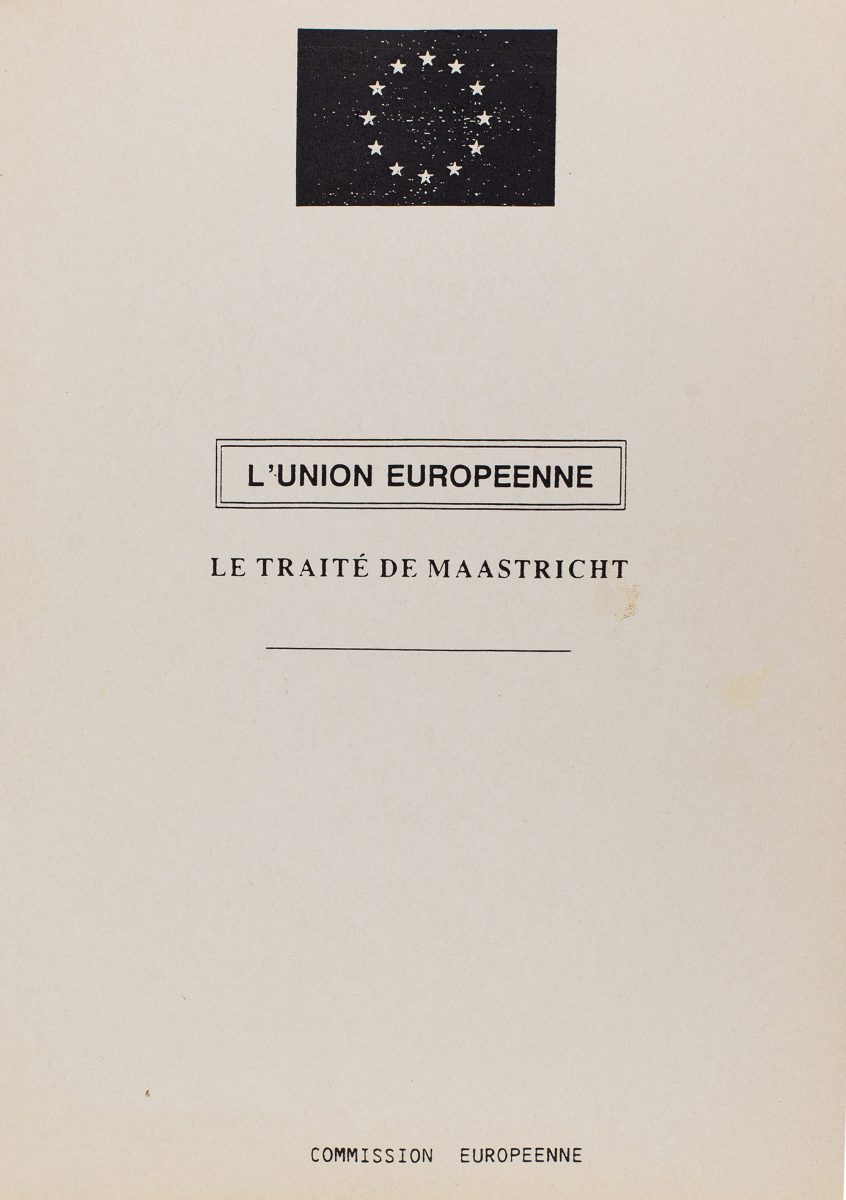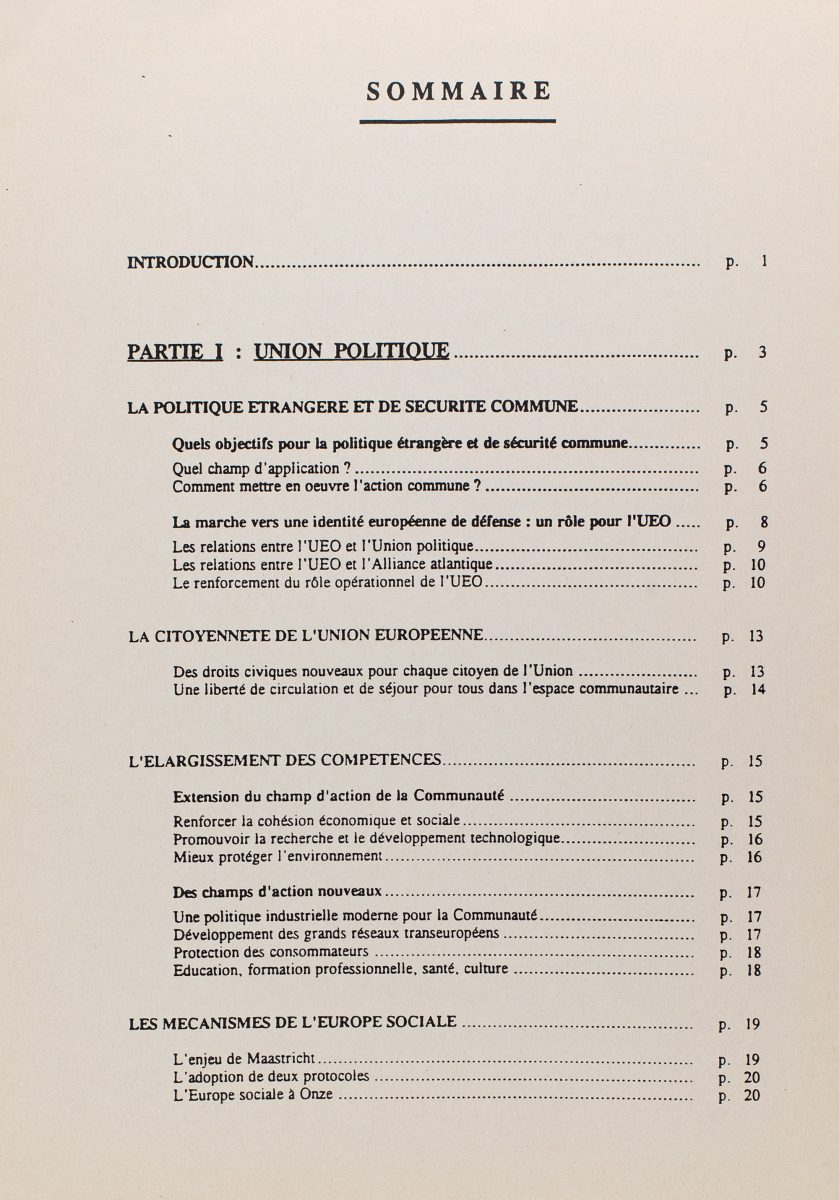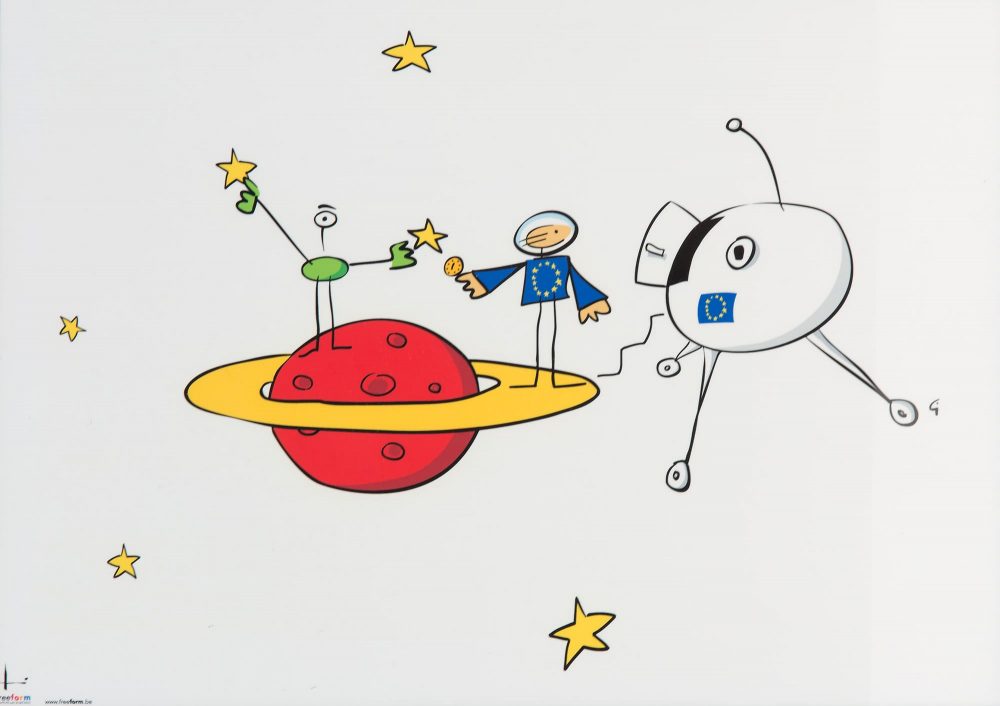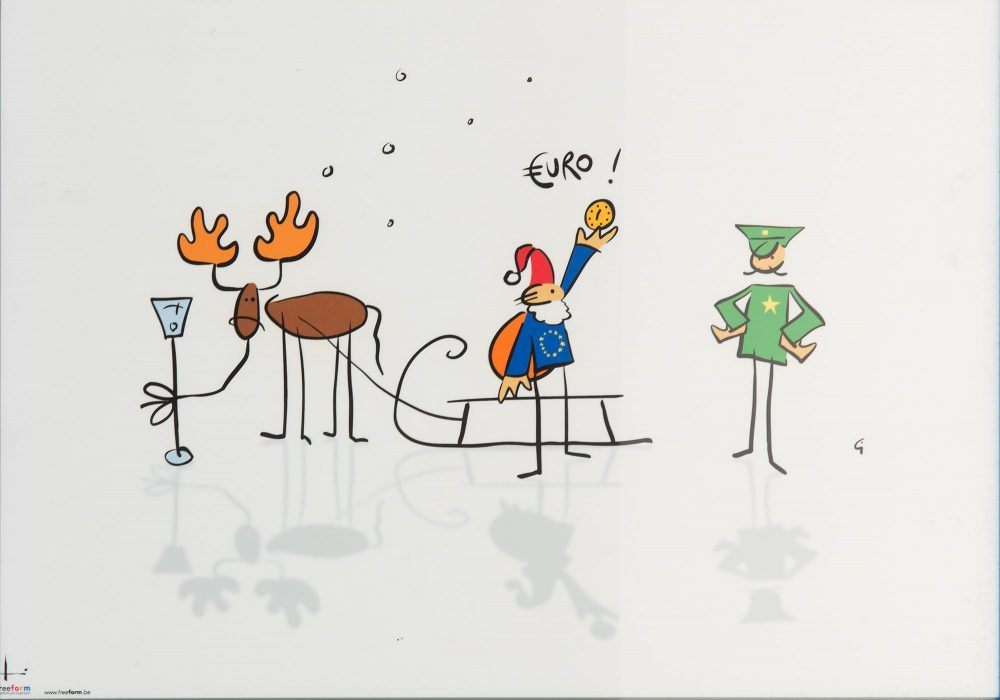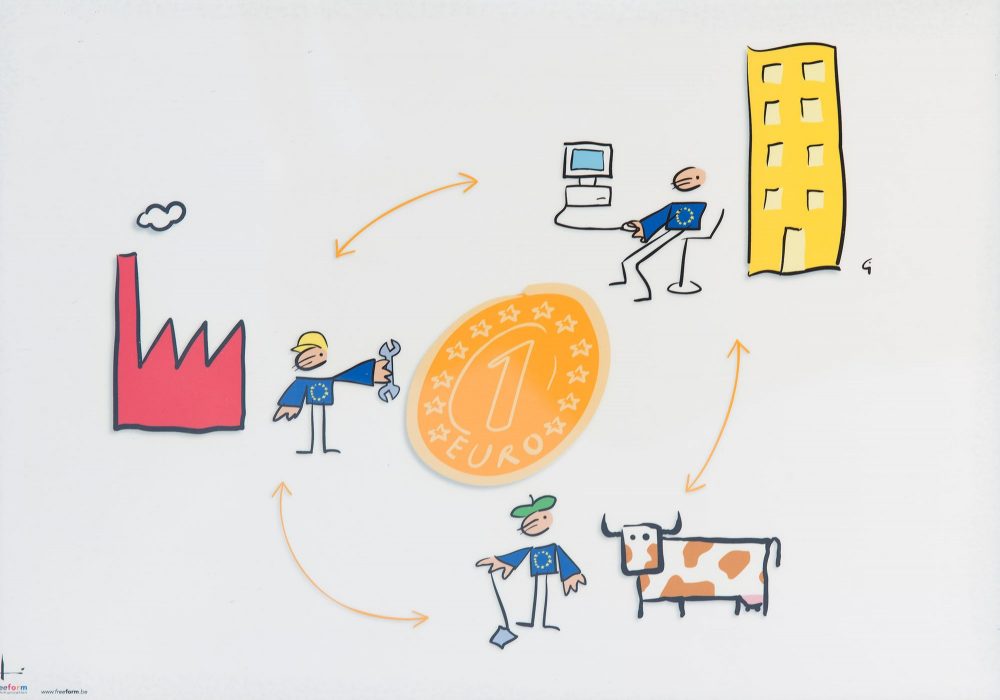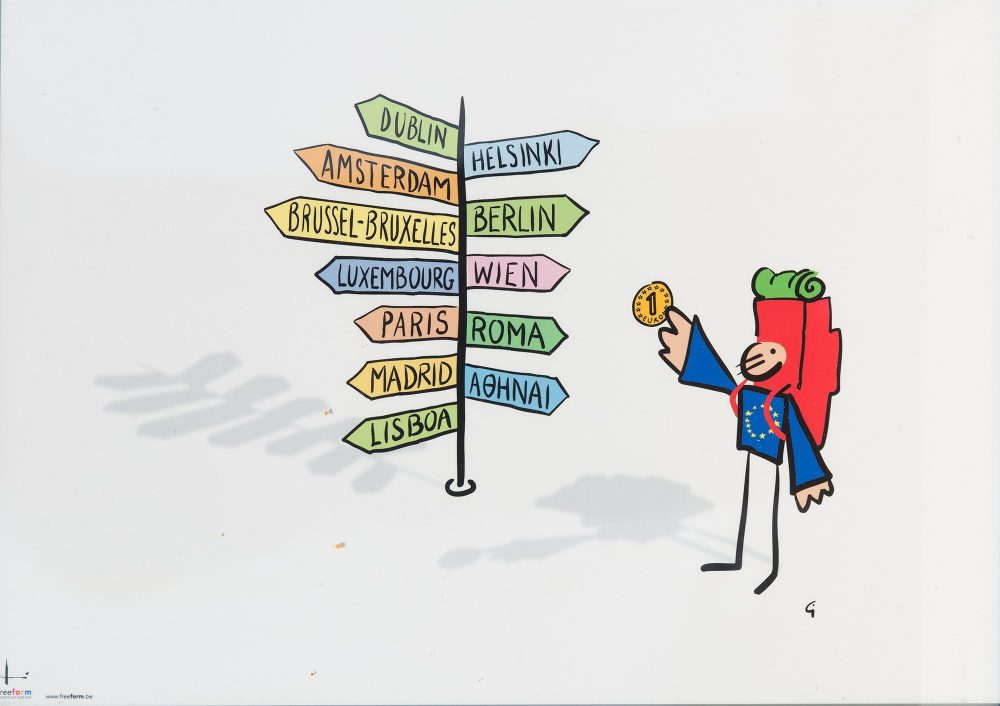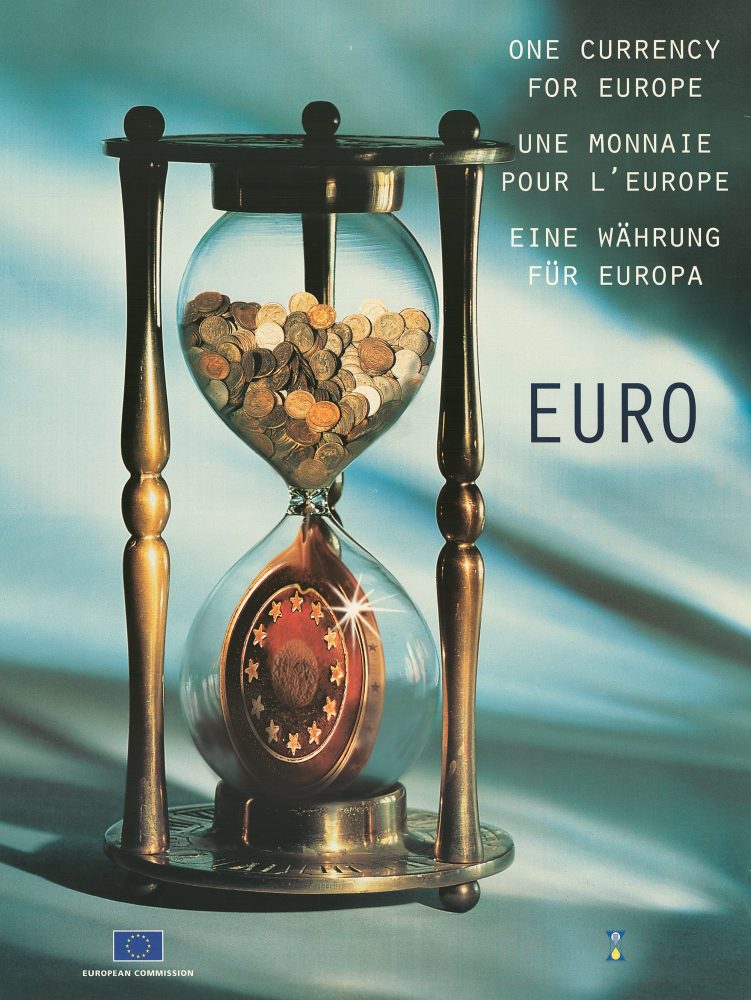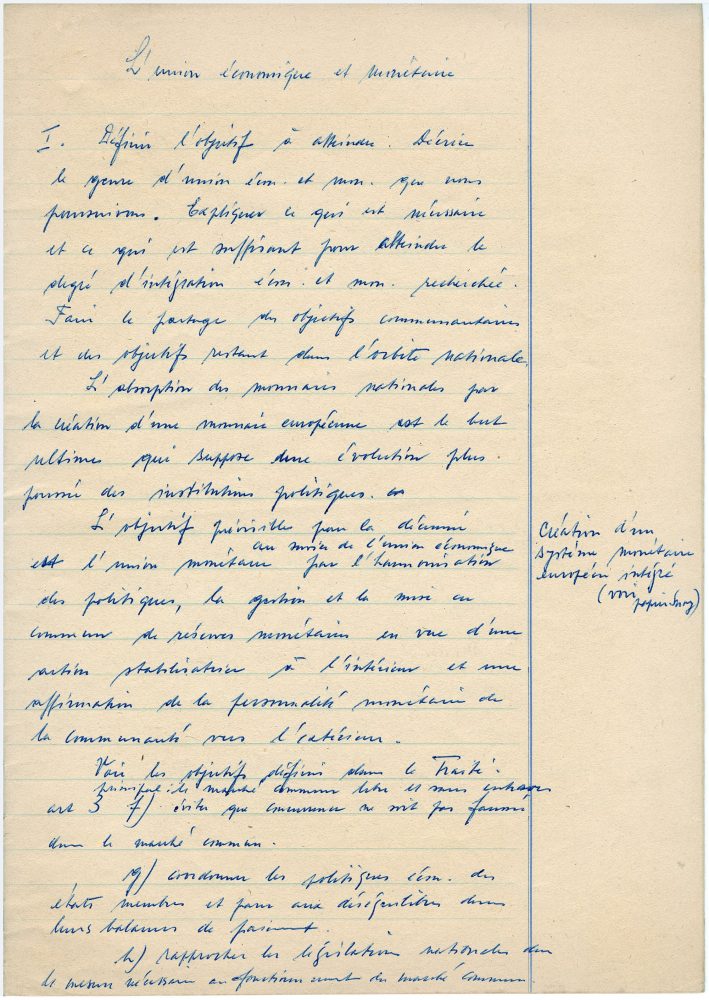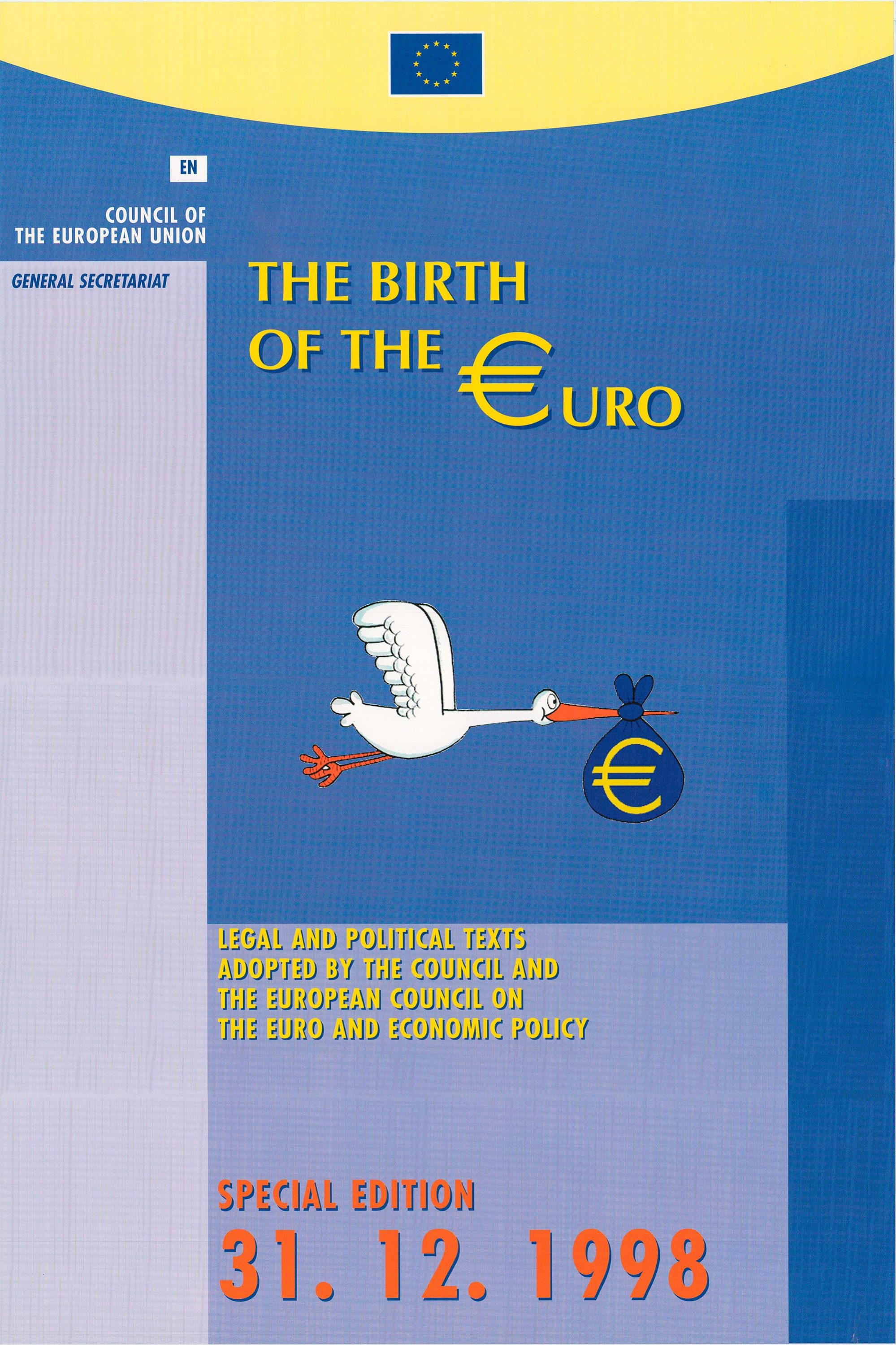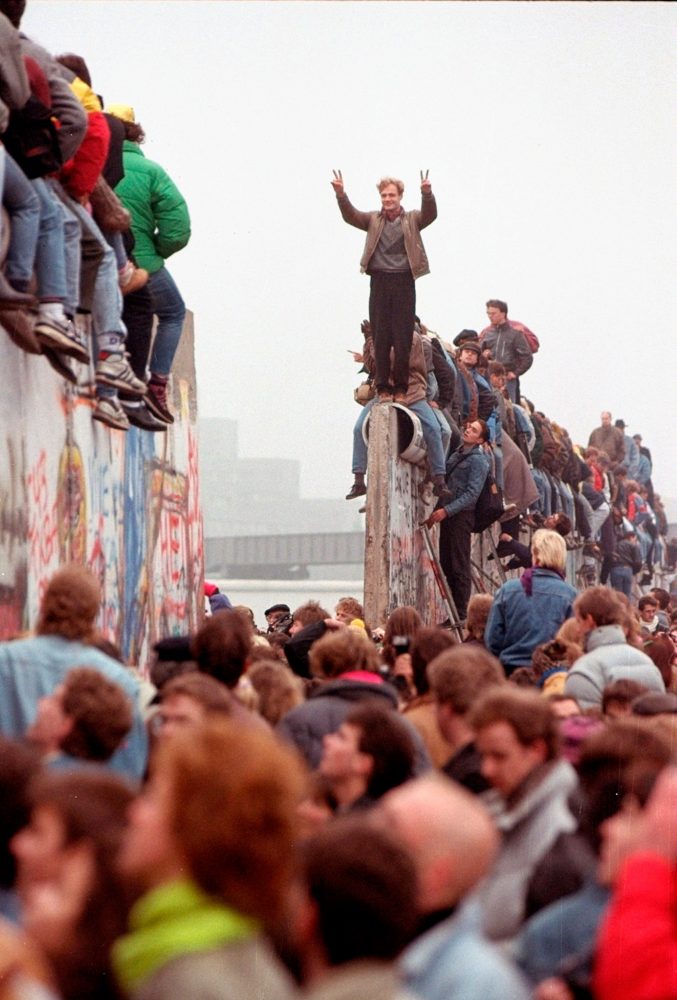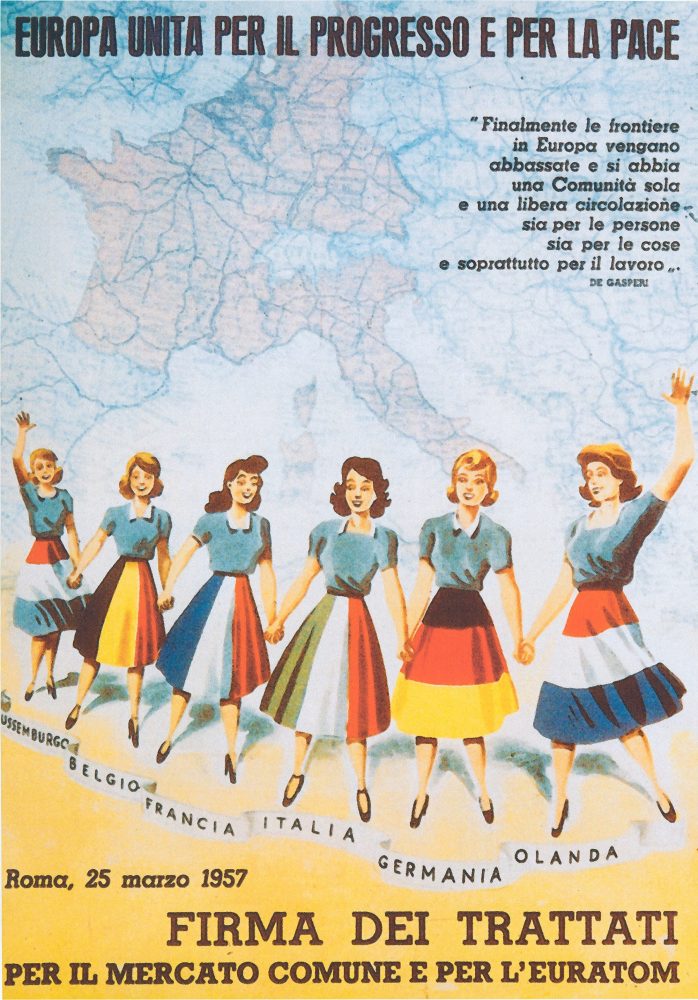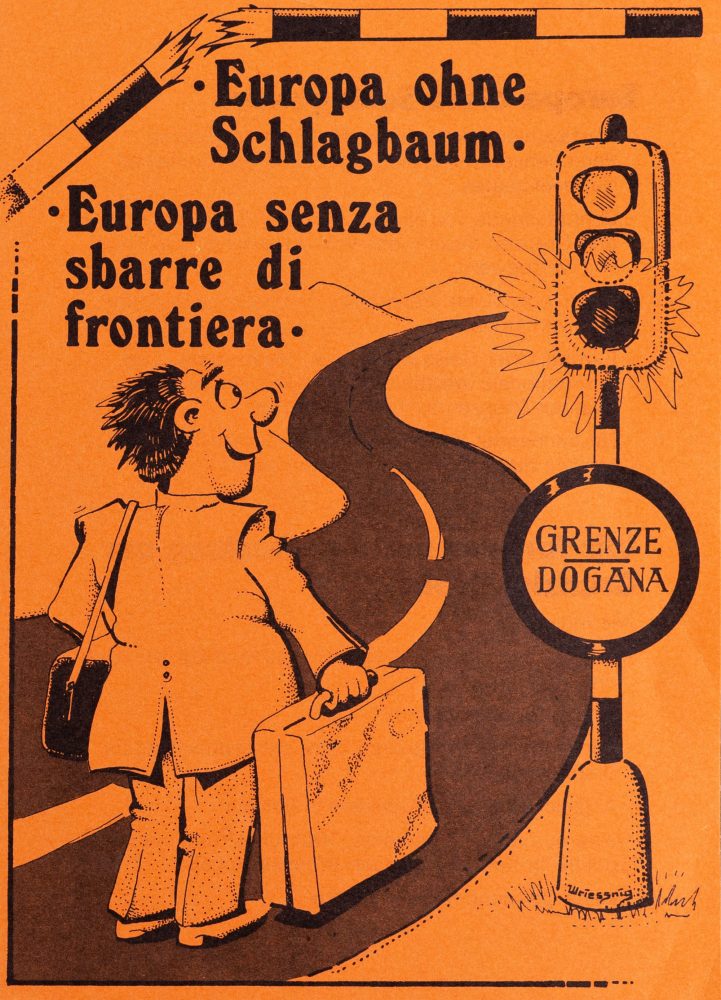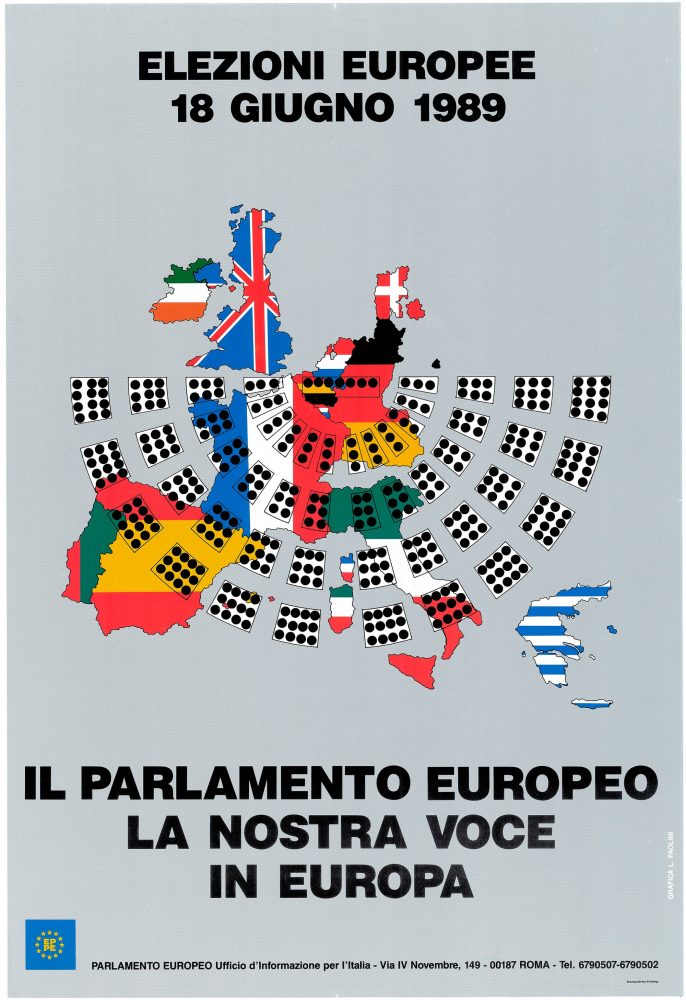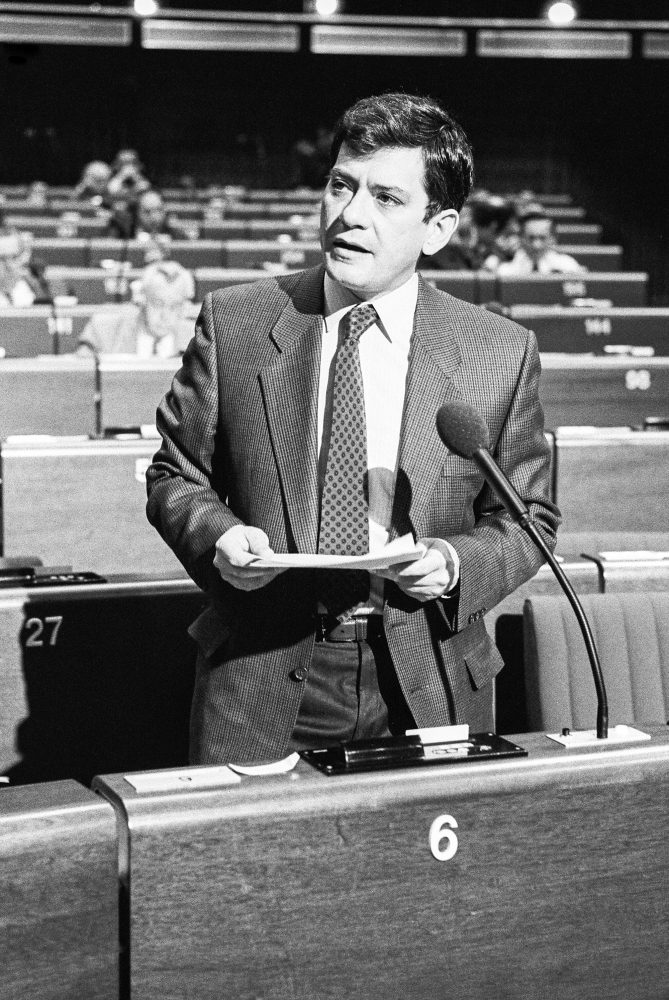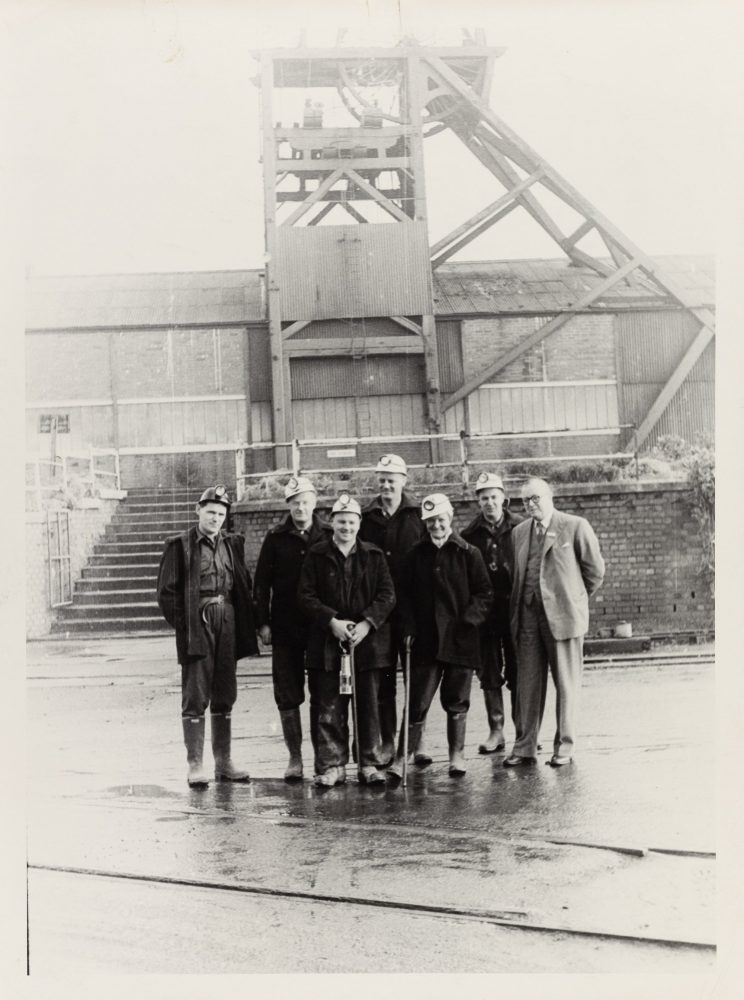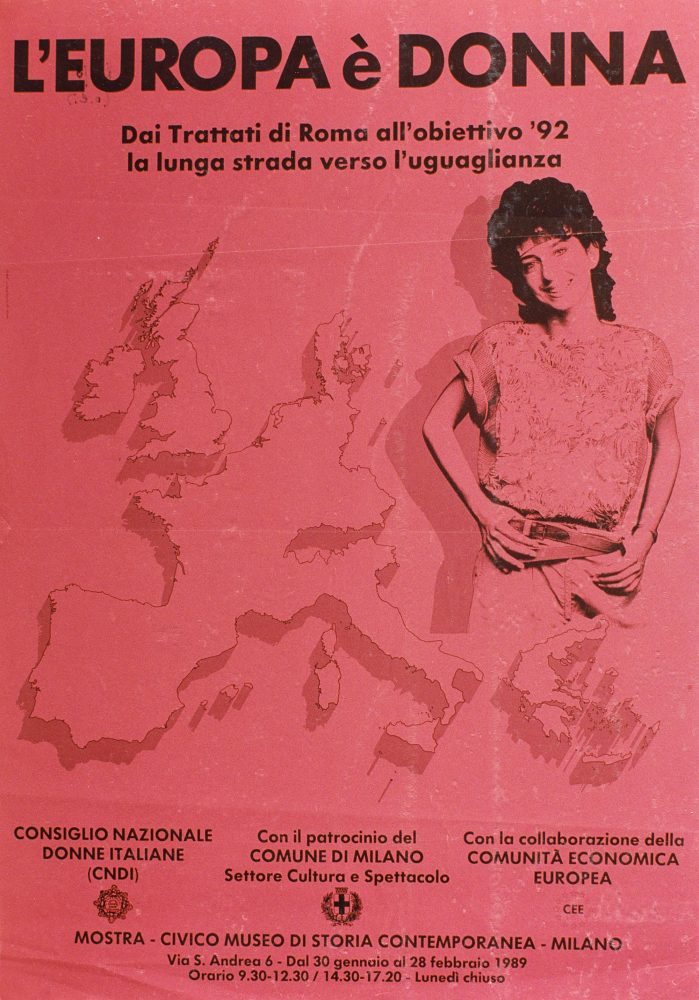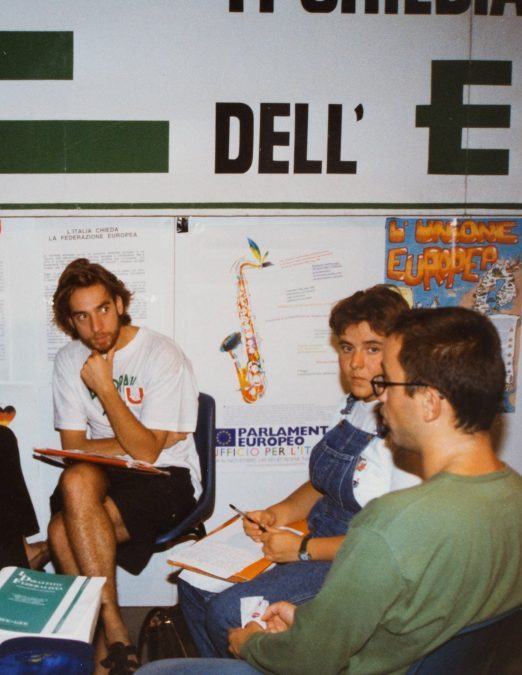Market
“The organization will ensure the fusion of markets and the expansion of production”
The Schuman Declaration reflected the belief that a common market for coal and steel would assist the struggling European economies which were on their knees after the war. The steady growth in industrial production in the first twenty years since the creation of the European Coal and Steel Community strengthened the goal of creating a wider internal market, with a view to enhancing economic growth and eliminating trade barriers between European countries.
Industrial Expansion
Steel consumption in the six founding Member States almost doubled between 1952 and 1962, and continued to grow rapidly until the oil crisis of 1973.
Treaty of Maastricht
The Treaty on European Union, which amended and renamed the Treaty of Rome, was signed in Maastricht, the Netherlands in 1992. For the first time, the name “European Union” was used in an official Treaty.
Article B envisaged the road towards the completion of the internal market through a full economic and monetary union, to be finalized by the introduction of a single currency.
Enrique Baron Crespo (ES),
President of the European Parliament 1989-1992. HAEU, INT 884
Euro. A single currency for Europe
Jean-Claude Trichet (FR),
President of the European Central Bank 2003-2011. HAEU, INT 797
Herman von Rompuy (BE),
President of the European Council 2009-2014. HAEU, INT 885
Economic integration changed the life of European citizens, as the single market guarantees the free movement of goods, capital, services, and labour. The introduction of the Euro, circulating since 2002 and currently adopted by 19 countries, was the most visible symbol of the fusion of markets envisioned by the Schuman Declaration. Not long after the creation of the Eurozone, the economic and financial crisis of the late 2000s put the Euro to its first major test.
The first plan for the adoption of a single currency dates back to 1970, when Luxembourg Prime Minister Pierre Werner presented his eponymous report on economic and monetary union.

